Hue Imperial City is a renowned and captivating tourist destination, offering visitors the chance to appreciate both the stunning historical landscape and the rich architectural legacy of a bygone imperial era. For valuable insights and tips on visiting this awe-inspiring site in Hue, read on!

Discover the hidden gem of Vietnam's imperial history at Hue Imperial City
Hue Imperial City is situated on the north bank of Huong River, bordered by Tran Hung Dao and Le Duan streets to the south, Tang Bat Ho and Dao Duy Anh streets to the north, Phan Dang Luu and Huynh Thuc Khang streets to the east, and Le Duan street to the west.
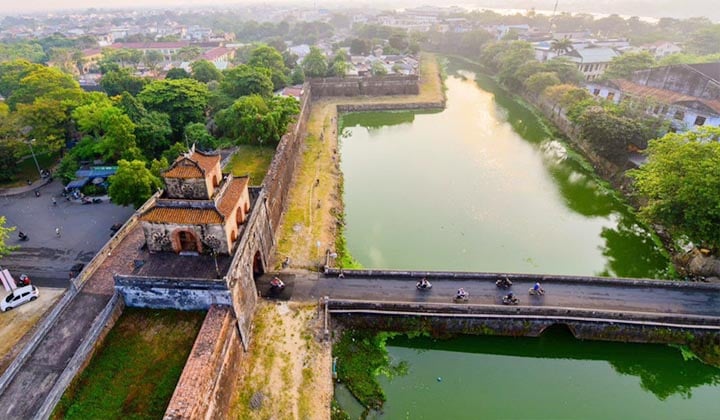
Hue Imperial City is located on the north bank of Huong River
Imperial City Hue Vietnam is a grand citadel built during the reign of Emperor Gia Long in 1805. The royal court had to mobilize around 30,000 people to work on the river embankments and canals. By 1818, the number of people mobilized had increased to 80,000, focusing on brick cladding on the East, West, South, and North sides.
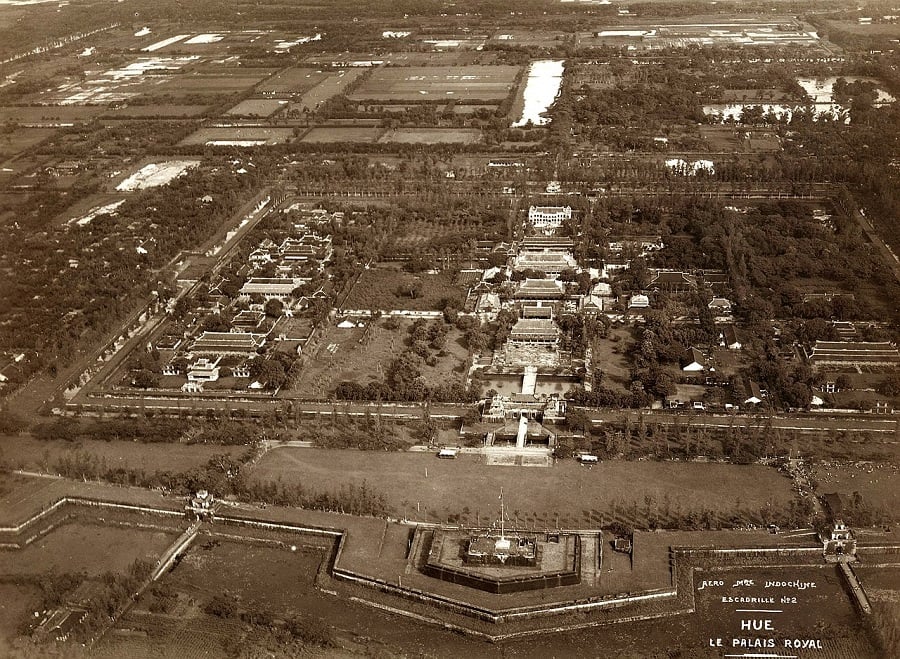
Hue Imperial City was built during the reign of Emperor Gia Long
In 1831-1832, Emperor Minh Mang ordered the construction of additional defensive walls with cannons on the outer layer of the citadel, completing the structure of Hue Imperial City. The walls were used to defend the citadel and repel any potential invader.
Hue Imperial City was not only a military stronghold but also a cultural and political center of Vietnam. The city served as the capital of Vietnam until 1945, when the country was divided into North and South Vietnam.
Hue Imperial City entrance fee is as follows:
Visitors can also opt for a guided tour, which will charge an extra 150,000 VND per guide.
Hue Imperial City opening hours differ between summer and winter:

Hue Imperial City opening hours differ between summer and winter
The Imperial City of Hue boasts nearly square-shaped grounds with a concave front resembling a bow, gracefully following the gentle curve of Perfume River. Spanning over 10 kilometers in circumference, the citadel was a fusion of French fortress structure and Eastern architectural features.
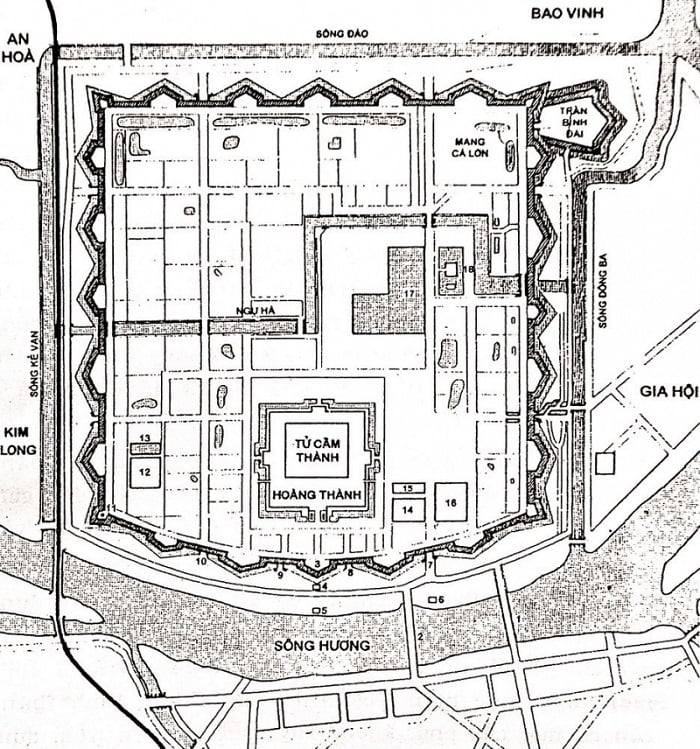
Hue Imperial City Map
Ngo Mon Gate, situated in the south of the Imperial Citadel, serves as the grand entrance and an intricate architectural complex. When seen from a distance, it presents itself as a splendid and grand castle with cascading steps constructed from long slabs of stone, leading up to Ngu Phung Pavilion.
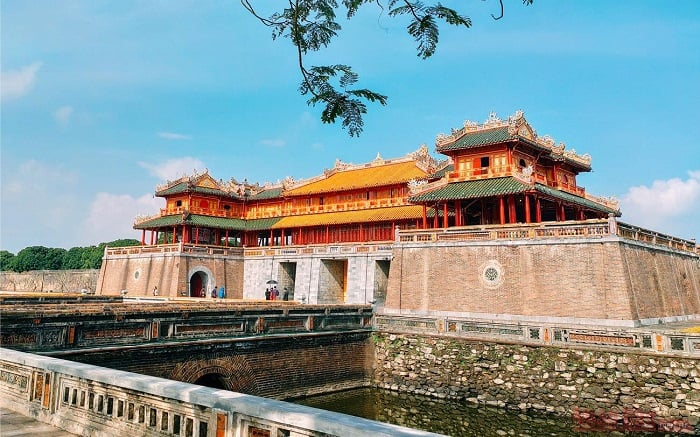
Ngo Mon Gate served as the grand entrance of the Imperial Citadel
The Imperial Citadel, or Hoang Thanh served as the residence of the emperors and the royal family, and the administrative center of the royal court. It is also a significant site of worship for ancestors and the late emperors of the Nguyen Dynasty.
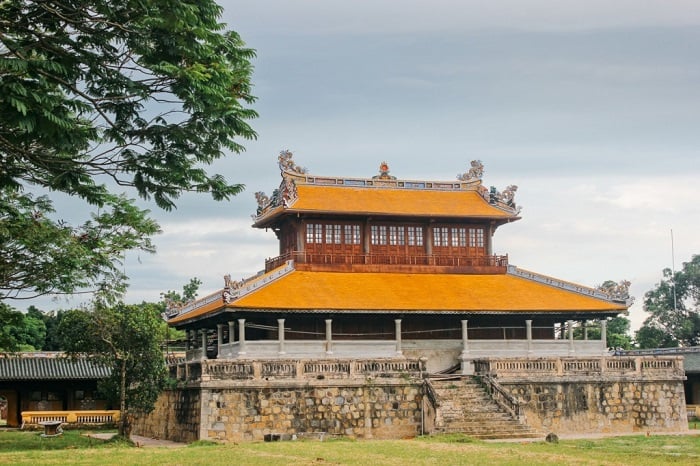
The Imperial Citadel served as the residence of the royal family
The Forbidden Purple City is located at the heart of Hue Imperial City. It was constructed in 1803 and received its name in 1821 during the reign of Emperor Minh Mang. It is designed in a rectangular shape, with Dai Cung Mon as its front gate.
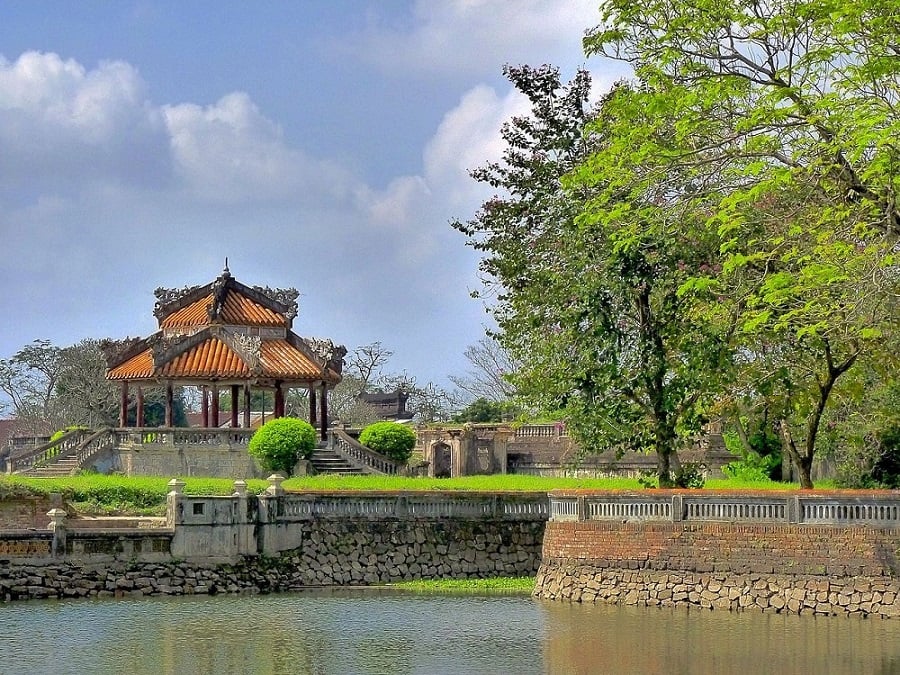
The Forbidden Purple City’s unique architecture
Hue Imperial City is a must-visit destination for anyone interested in Vietnamese history and culture. With this ultimate guide, you will have all the information you need to fully appreciate the wonders of the Imperial City. Make sure to come and contemplate this historical relic of Vietnam!
Winway Travel